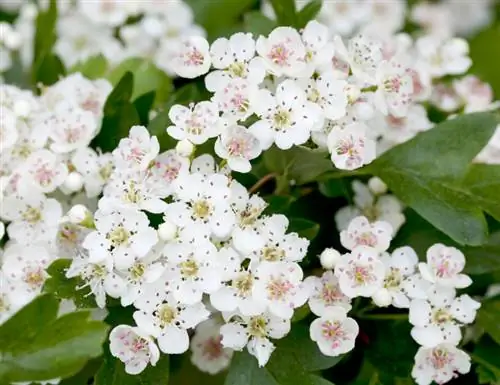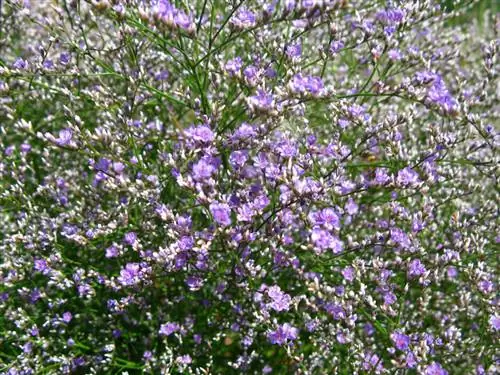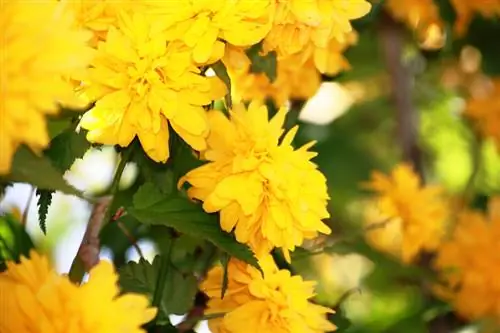- Author admin [email protected].
- Public 2023-12-16 16:46.
- Last modified 2025-01-23 11:20.
The plant genus Limonium includes over 300 species of sea lavender within the leadwort family. However, only a few widespread varieties such as Limonium sinuatum are available in specialist stores, which can also be cultivated in poor garden soils with little care.

How do I plant sea lavender correctly?
When planting sea lavender, you should choose a spot in full sun, make the planting hole twice as large as the root ball and add a drainage layer of sand and gravel. Sea lavender thrives particularly well in sandy, dry, calcareous substrate.
What should you consider when planting sea lavender?
The planting hole for the sea lavender should be about twice as large as the root ball of the plant so that a drainage layer of sand and gravel can prevent the risk of waterlogging. If a compacted root ball of sea lavender grown in a pot is loosened slightly by hand before planting, this makes it easier for the plant to root in the new location.
Which location is suitable for sea lavender?
For he althy growth, the sea lavender needs a location in full sun, which it also rewards with particularly magnificent flowers. Lean and barren soils, on the other hand, are not a problem, as the sea lavender with its long taproot can easily grow even on nutrient-poor sand dunes. On dry slopes exposed to the wind, freshly planted specimens should be covered with a layer of gravel to prevent wind erosion of sandy-dry substrate and the resulting exposure of the roots.
Can sea lavender be preferred indoors?
The sea lavender seeds can be grown in lean potting soil on the windowsill at around 20 degrees Celsius from March and April. Since high humidity is beneficial during the germination phase, plastic bags can be placed over the individual sowing pots.
When and how can the sea lavender be transplanted?
The best time for transplanting sea lavender is in spring, but freshly grown seedlings should only be planted outdoors from May onwards due to their lack of winter hardiness.
What propagation options are there for Limonium?
The sea lilac can be propagated by sowing seeds or using so-called root cuttings. To do this, root pieces are cut off from older specimens when transplanting and planted in separate cultivation pots.
When does the sea lavender bloom?
The flowering time of the different subspecies of the genus Limonium can vary somewhat, but generally the plants bloom quite persistently between June and September.
Which substrate allows sea lavender to thrive particularly well?
Since the sea lavender has poor tolerance to waterlogging and rain-soaked locations, it should be planted in deep and permeable soil material. This plant grows optimally on sandy, dry soil with a certain amount of lime.
At what distance should sea lavender be planted?
If a slope is to be planted with sea lavender over an area, a distance of around 30 - 40 centimeters should be maintained between the individual plants. Possible neighbors for sea lavender are:
- Daylilies
- ragwort
- Daisies
Tip
If the inflorescences of the sea lavender are cut off and dried shortly after they have bloomed, their color stability can make them a decorative part of pretty dried bouquets and arrangements.






